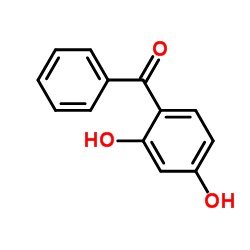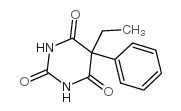| Structure | Name/CAS No. | Articles |
|---|---|---|
 |
Acetone
CAS:67-64-1 |
|
 |
dioxybenzone
CAS:131-53-3 |
|
 |
HYDROFLUORIC ACID
CAS:7664-39-3 |
|
 |
Dimethyl sulfoxide
CAS:67-68-5 |
|
 |
2,4-Dihydroxybenzophenone
CAS:131-56-6 |
|
 |
phenobarbital
CAS:50-06-6 |
|
 |
2,2',4,4'-Tetrahydroxybenzophenone
CAS:131-55-5 |
|
 |
3-Methylcholanthrene
CAS:56-49-5 |
|
 |
Dexamethasone
CAS:50-02-2 |
|
 |
2,4,4'-trihydroxy benzophenone
CAS:1470-79-7 |